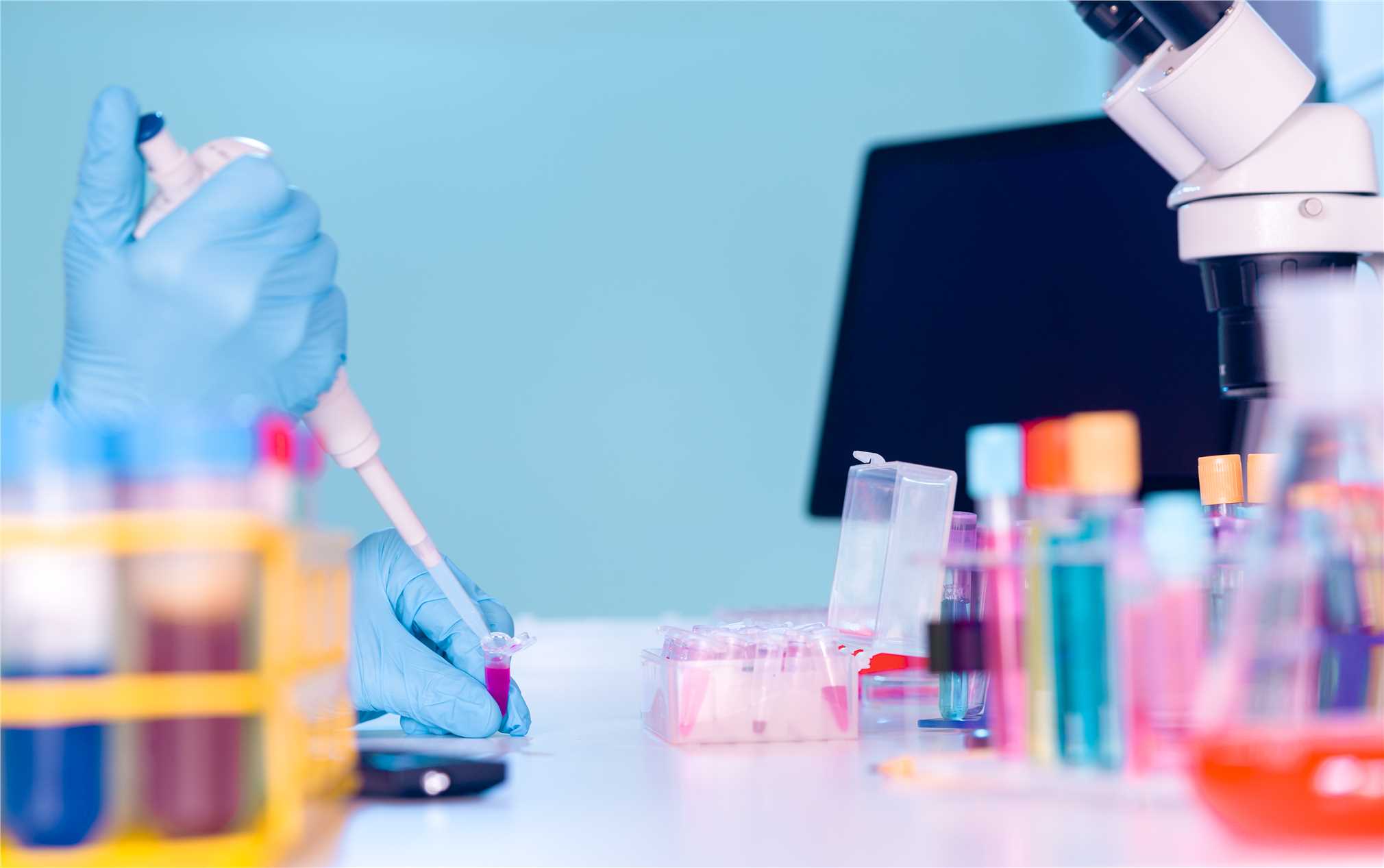Parallel Artificial Membrane Permeability Assay
The parallel artificial membrane permeability assay is a powerful tool for drug screening and is now widely used in drug research. Creative Biolabs has extensive experience in drug development, and we have now developed a variety of in vitro models and have applied them to the pharmacodynamics and pharmacokinetic studies of drugs.
Parallel Artificial Membrane Permeability Assay

An important part of drug development is to find safe and effective potential drugs for the treatment of diseases. The bottleneck of this process is the absorption, distribution, metabolism, excretion, and toxicity of drugs, because about 40% of candidate compounds in the late stage of drug research are excluded for that they could not meet these requirements. The parallel artificial membrane permeability assay (PAMPA) is capable of rapidly detecting membrane permeability of drugs that are through passive diffusion mechanisms, and is highly efficient, flexible, and most importantly it avoids harsh cellular experiments. PAMPA is constructed by coating a lecithin organic solution on a polyvinylidene fluoride or polycarbonate membrane because lecithin is capable of forming a very stable film at the center of the pores. This model is typically used to mimic the passive diffusion absorption state of the drug in the gastrointestinal tract during oral administration.
The PAMPA experimental apparatus consists of a polytetrafluoroethylene PTFE receiving plate located in the lower layer and a 96-well filter plate located in the upper layer, each well of which serves as a donor tube and a receptor tube, respectively. In the experiment, the phospholipid was dissolved in an alkane and added dropwise to the lipophilic filter of the receptor tube to simulate the biofilm. The buffer solution is placed in the receptor tube, the sample liquid is placed in the donor tube, and the 96-well filter plate is placed on the PTFE receiving plate, so that the phospholipid membrane can be contacted with the donor liquid to form a sandwich structure: the bottom is a donor liquid containing the analyte, the middle is an artificial phospholipid membrane, and the upper layer is a receptor tube. The drug to be tested diffuses from the donor tube, passes through the phospholipid membrane, and enters the upper receptor tube. The effective transmittance can be calculated by measuring the concentration of the drug in the receptor solution and the donor fluid after the diffusion.
Features of PAMPA
- High throughput
- Low cost
- Easy to detect
- High flexibility
- Ability to be used for excipient research
Applications of PAMPA
- Gastrointestinal absorption model
- Blood-brain barrier penetration model
- Skin absorption model
- Anionic-PAMPA
- Double-Sink PAMPA etc.
Early and preclinical screening and evaluation of drugs using various in vitro and in vivo models is an important part of drug development. Creative Biolabs has extensive experience in drug development and we have helped thousands of clients successfully complete their research. Therefore, we will treat each of your projects with the most serious attitude and professionalism!
For Research Use Only.
